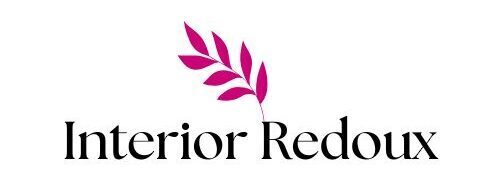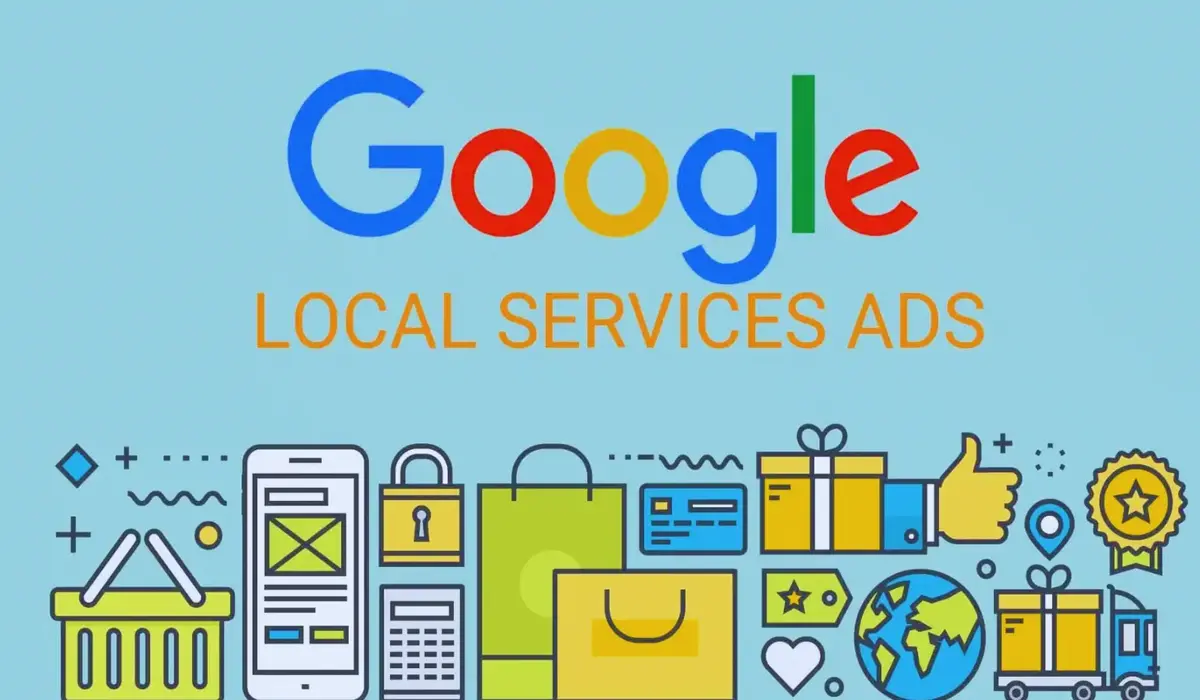For local businesses, visibility is everything. Whether you run a restaurant, plumbing service, salon, or repair shop, attracting nearby customers can make the difference between steady growth and missed opportunities. Google Ads gives small businesses a powerful way to reach people who are actively searching for their services in the local area. Unlike traditional ads, Google Ads lets you target potential customers at the exact moment they need your service, ensuring your budget is spent on the right audience.
Understanding Google Ads for Local Businesses
Google Ads is an online advertising platform that displays your business to people searching for related services on Google. For local businesses, this allows your ad to show up at the top of search results when someone nearby looks for terms like ‘plumber near me’ or ‘best salon in [city].
The advantage for small businesses is precision. Unlike print ads or flyers, Google Ads allows you to focus only on people in your area who are ready to buy. Local ads also integrate with your Google Business Profile, showing your address, phone number, and directions directly in search results. This makes it easier for potential customers to call or visit your business right away.
Setting Up Google Ads for Local Services
To start, you’ll need a Google Ads account. Once set up, the key is choosing the right campaign type. For local businesses, Search campaigns are often the most effective because they show your ads when people search for services like yours. Local campaigns are also useful, as they are designed to drive visits to physical locations and integrate with Google Maps.
Linking your Google Business Profile is essential. This allows your ads to display your business address, phone number, and directions, making it easier for local customers to connect with you. Without this link, you miss out on a big part of the local advertising advantage.
Targeting the Right Local Audience
The strength of Google Ads for small businesses lies in its ability to target specific geographic areas. You can set your ads to appear only within a radius around your business, in certain zip codes, or within selected cities. This ensures your budget is spent only on people who can realistically become your customers.
Location-based keywords are another key factor. Instead of just bidding on “plumber,” you might target “plumber in Dallas” or “Dallas emergency plumbing.” This makes your ads highly relevant to local searches.
Ad scheduling is also important. If you run a salon that’s open from 9 a.m. to 7 p.m., you can schedule ads to show during business hours, increasing the chances of immediate calls and visits.
Writing Effective Ads for Local Services
The success of a Google Ads campaign depends on how well your ad copy connects with local customers. Headlines should clearly state your service and location—for example, “24/7 Plumbing in Dallas” or “Affordable Hair Salon in Miami.” This immediately tells searchers that your business is both relevant and nearby.
Descriptions should highlight unique selling points such as same-day service, free estimates, or special offers. Adding strong calls-to-action like “Call Now,” “Book Today,” or “Visit Us Nearby” encourages quick action.
Ad extensions make your campaigns more powerful. Location extensions show your business address and a clickable map, while call extensions let users reach you with a single tap boosting both your visibility and accessibility for nearby customers.
Managing all these elements can take time and expertise. Many small businesses choose to partner with specialists such as PPC Majestic, who handle campaign setup, keyword optimization, and ongoing management. This ensures ads run efficiently and budgets are used effectively, without the trial-and-error of doing it alone.
Managing Budget and Bids Effectively
For local businesses, every dollar counts. Google Ads allows you to set a daily budget that fits your comfort level, giving you full control over how much you spend. Start small, then increase your budget as you see positive results.
When it comes to bidding, small businesses often benefit from manual bidding in the beginning, as it allows closer control over costs. However, automated bidding strategies can be useful once your campaigns have enough data, especially for driving conversions like calls or form submissions.
Focus spending on high-intent keywords—phrases that indicate someone is ready to take action, such as “emergency plumber near me” or “book haircut today.” This prevents wasted clicks from people still in the research phase.
Measuring Success with Google Ads
Running ads is only half the job—tracking performance is what ensures your budget is being spent wisely. Key metrics to monitor include:
Click-Through Rate (CTR): It measures how frequently users click on your ad after viewing it. A high CTR typically indicates that your ad is engaging and relevant to your audience.
Conversion Rate: Measures how many clicks turn into actual leads, such as calls, bookings, or visits.
Cost Per Lead (CPL): Tells you how much you’re spending to get each new customer inquiry.
Google Ads provides detailed reports that let you see which keywords, ads, and times of day bring the best results. Use this data to adjust bids, refine keywords, and improve ad copy. Regular testing and optimization ensure your campaigns keep improving over time.
Conclusion
For local businesses, Google Ads offers a direct path to attracting nearby customers who are actively searching for services. By setting up the right campaign type, targeting specific locations, writing compelling ad copy, and carefully managing your budget, you can turn clicks into paying clients.
With consistent tracking and optimization, Google Ads doesn’t just generate leads—it builds visibility and credibility in your local market. And if managing campaigns feels overwhelming, working with a partner like PPC Majestic can ensure your advertising is both efficient and effective.

